5G is here. Well, not everywhere. All three wireless carriers have turned on their 5G networks, but only in select markets. Like 4G, each carrier is doing things a bit differently, which means your 5G experience will not be the same across the board.
With the 5G rollout being in its early stages, things are a bit rough for the moment. Switching to 5G can be pretty expensive for wireless carriers, so deployment will take a few years before it is complete. But if you happen to be in one of the areas with 5G or one of the lucky markets getting it soon, here's what to look forward to.
A Quick 5G Refresher
5G is the fifth generation technology standard for mobile networks. It introduces a new radio access technology known as New Radio (NR). So much like 4G LTE, any true 5G network will be 5G NR.
These NR signals are broadcast at different frequencies, which are divided into Frequency Range 1 (FR1) and Frequency Range 2 (FR2). The former includes what are referred to as low band (600–700 MHz) and mid band (2.5–3.7 GHz) frequencies. The latter houses the high band (25–39 GHz), or mmWave, frequencies.

These numbers are important because the higher the frequency, the faster the speeds. However, by the same sense, the lower the frequency, the better the signal.
So ideally, you'd want high band 5G NR from your carrier. Something in the mmWave spectrum to provide the fastest speeds. But realistically, you'll likely never be able to rely on this signal since the broadcast range is roughly 1,500 feet, and that's without any buildings or objects in the way.
Low band signals can travel many miles and easily penetrate walls, but the speeds you'll get won't be much better than 4G LTE.
So the "goldilocks" signal — that just-right blend of blazing-fast speed and wide coverage area — is the mid band spectrum. The upper end of 5G NR FR1. If you want a good 5G experience anytime soon, look for a carrier that uses these bands.
To connect to a 5G network, you need a 5G-compatible smartphone. This is currently limited to Android devices running Qualcomm's Snapdragon 855, Snapdragon 865, or Snapdragon 765. Currently, no iPhone supports 5G, but the industry expects this to change with Apple's 2020–2021 lineup.
Verizon
Verizon's 5G plans revolve around mmWave (which they're marking as Ultra Wideband) and DSS. Dynamic Spectrum Sharing allows carriers to divide spectrum between their 5G and 4G networks depending on user demand. So when there are more 5G users, more bandwidth will be given to them, and vice versa.
All Verizon 5G devices support bands n260 (39 GHz) and n261 (28 GHz), which are both in the high band spectrum and offer some of the fastest mobile data speeds. Starting with the OnePlus 8 UW, they will turn on NR radios in the FR1 spectrum: n2 (1.9 GHz), n5 (850 MHz), and n66 (1.7 GHz). These are the same frequencies they currently use for LTE, but DSS should help mitigate overcrowding.
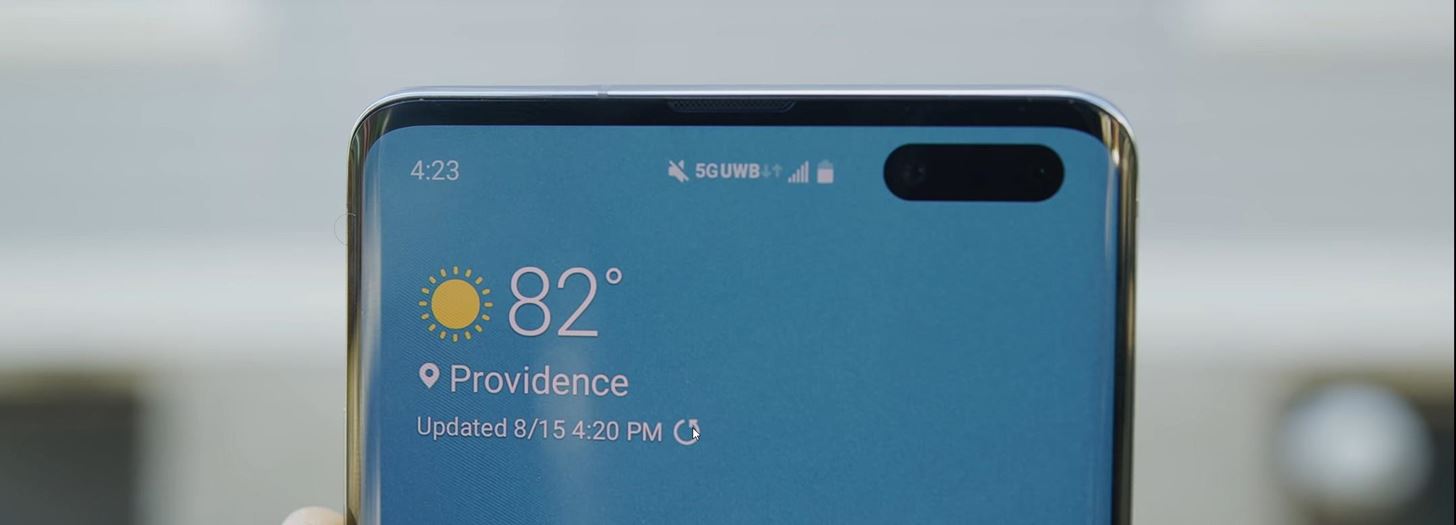
Currently, Verizon offers 5G in 34 cities, with more coming in the next few years.
On the OnePlus 8 Pro, Verizon also added support for the n257 band, another mmWave frequency that was previously limited to enterprise users. Verizon has continued to show its support for mmWave, spending millions at FCC auctions to purchase the more spectrum in the n260 range.
- Bands: n257, n260, n261, n2 (planned), n5 (planned), n66 (planned)

AT&T
AT&T takes the award for most confusing 5G marketing names. For subscribers of one of the largest US wireless carriers, there are three versions of new cellular standards: "5G E," "5G," and "5G+." 5G E isn't real 5G, but rather a marketing term for an upgraded 4G network. But for those looking for lower latency and faster data speed, 5G and 5G+ are what you're after.
The majority of AT&T's 5G network is based on n5 bands (850 MHz). This low band frequency allows it to reach millions of Americans. As with all low bands, you won't see the incredibly fast speeds of mmWave, but get faster average speed than LTE. Currently, this frequency is available in 190 cities. The wireless carrier plans to use DSS later this year to better manage the limited spectrum it shares with its LTE network.
Starting with the Samsung Galaxy S20+ and S20 Ultra, AT&T made its mmWave frequency (known as 5G+) available to consumers. This uses n260 (39 GHz) which tops 2 Gbps. Unfortunately, coverage is limited to very small areas of only 35 cities. Thanks to a recent FCC auction, AT&T also has a significant amount of spectrum in the n258 band (24 GHz), which is likely to be included in future 5G+ coverage.
- Bands: n5, n260, n258 (potential)

T-Mobile (Including Sprint)
Now that T-Mobile and Sprint have merged, it has the best 5G coverage. T-Mobile has mostly focused on using the n71 band (600 MHz) for 5G. Sprint, meanwhile, had been focusing on two mid-band 5G signals: n25 (1.9 GHz), and n41 (2.5 GHz), which should help improve T-Mobile's data speeds once incorporated.
The merged carrier also takes advantage of dual connectivity so phones can receive both 4G and 5G signals at the same time on the n66 band (1.7 GHz) and aggregate them together. Finally, they're using LAA technology to broadcast on unlicensed 5 GHz bands to improve connectivity. The result is them able to achieve 1 Gbps speeds with sub-6 GHz spectrum. In addition, T-Mobile also uses the mid-band n2 (1.9 GHz).

One thing to note with T-Mobile is that 5G support is very inconsistent across their devices. For example, the OnePlus 8 5G supports n71, n2, n41, n66, n5, but the Samsung Galaxy S20 is limited to n71.
Unlike Verizon and AT&T, T-Mobile isn't pushing towards DSS this year. They don't think it's ready for primetime. And as far as its mmWave coverage goes, T-Mobile is behind the pack. Currently, it is only available in 8 cities using n260 and n261 bands and only available on the Samsung Galaxy S20+ and S20 Ultra.
- Bands: n2, n5, n25, n41, n66, n71, n260, n261
Just updated your iPhone? You'll find new features for Podcasts, News, Books, and TV, as well as important security improvements and fresh wallpapers. Find out what's new and changed on your iPhone with the iOS 17.5 update.
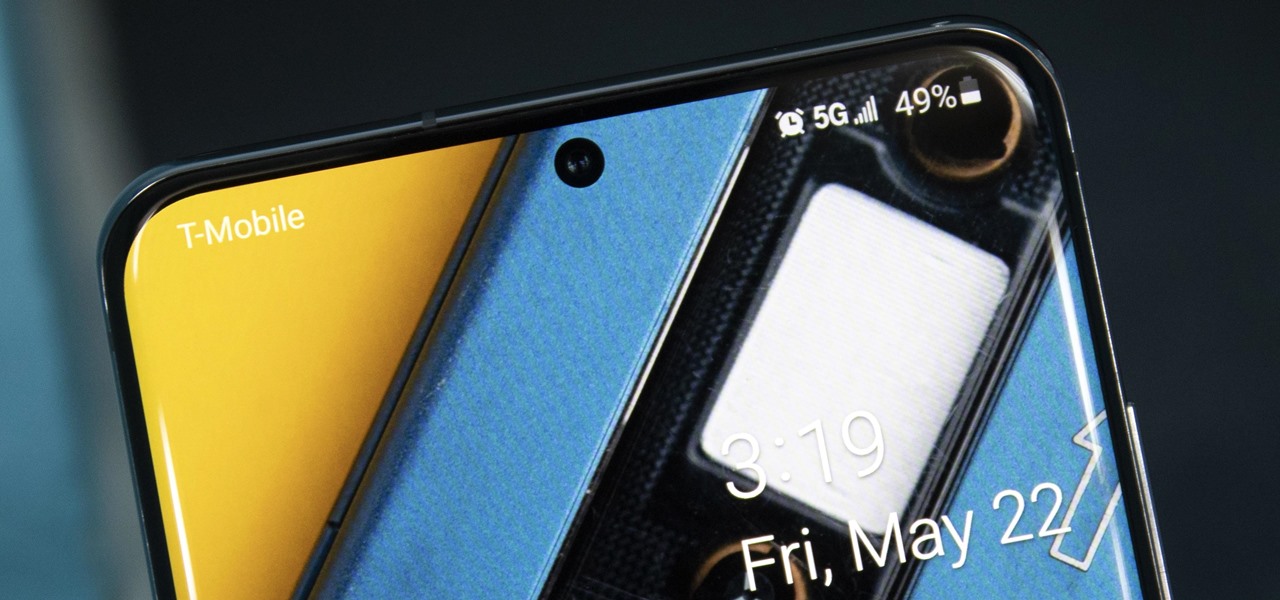


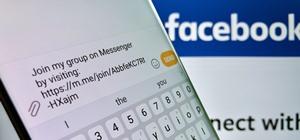
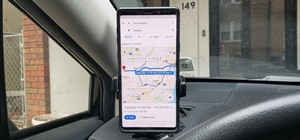
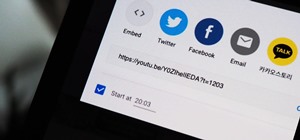
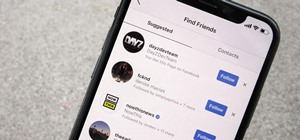

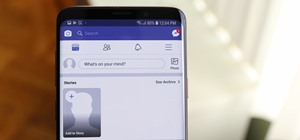
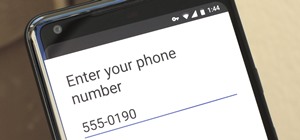
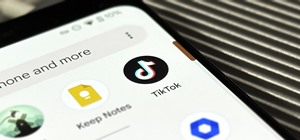
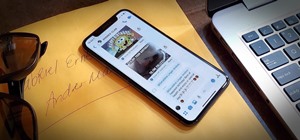
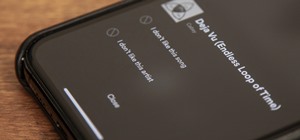
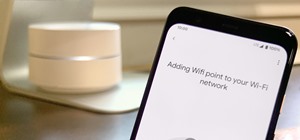
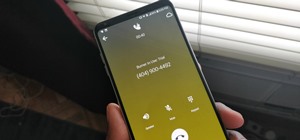
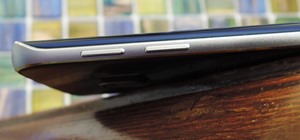
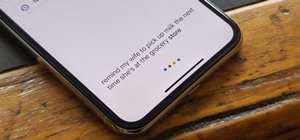
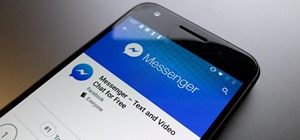


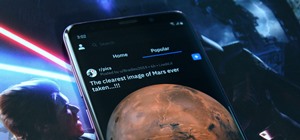
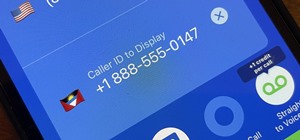

Be the First to Comment
Share Your Thoughts